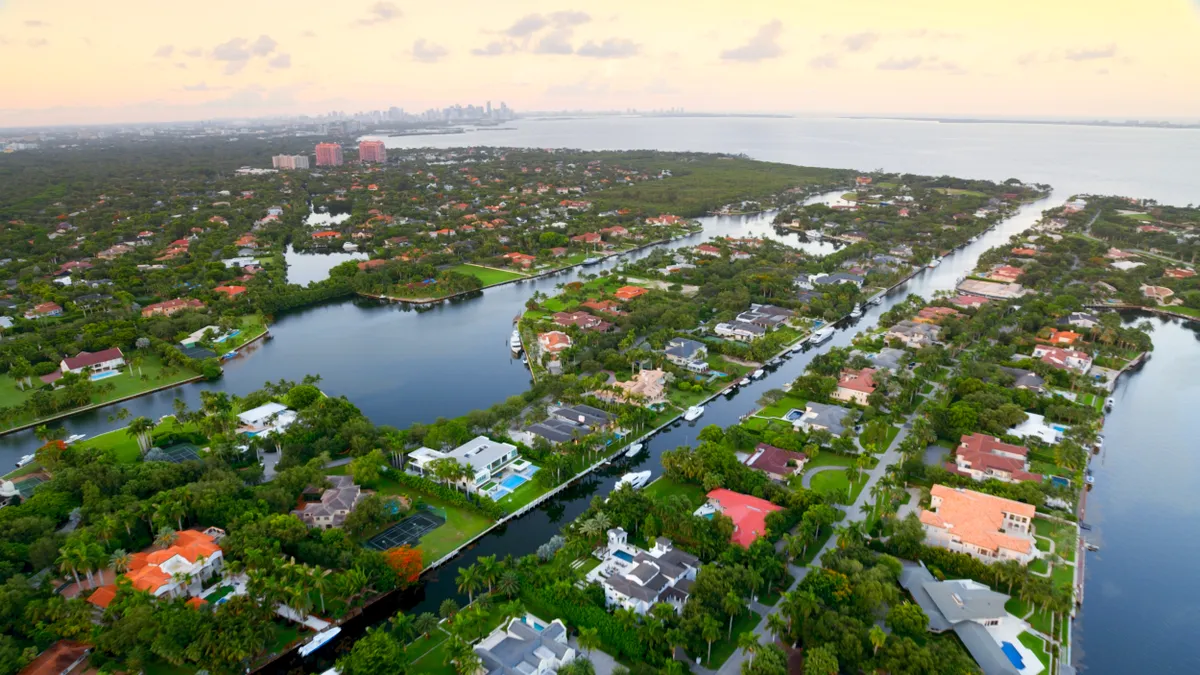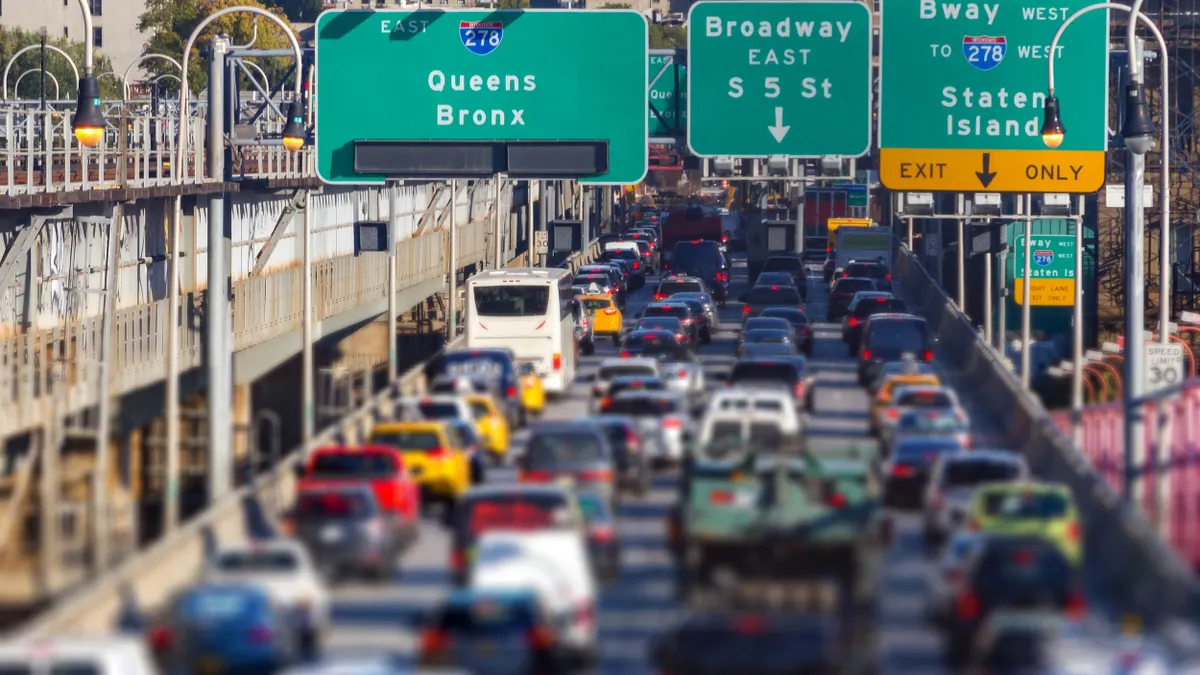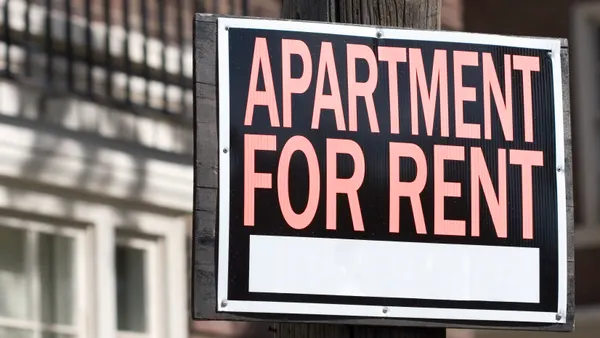Dive Brief:
- The Florida Housing Data Project, a new interactive map that details housing shortages across the state, found that around 55,000 single-family homes and more than 66,000 rental units are missing from the market.
- The housing gap is most acute in metro areas, with Miami-Dade, Fort Lauderdale and Tampa ranking among the least affordable housing markets not only in the state, but in the nation, according to the data.
- The tracker was developed by housing economists from the DeVoe L. Moore Center at Florida State University and think tanks the Florida Policy Project and Reason Foundation. “With straightforward housing supply numbers tailored for local use, citizens and policymakers alike can see how deeply the housing shortage cuts into their communities — and why fixing Florida’s broken housing system is no longer optional,” the organizations stated.
Dive Insight:
Florida is one of the fastest-growing states in the nation. Its housing supply hasn’t kept up.
The causes for the state’s housing shortages are similar to those cited in other cities and states dealing with the housing crisis: permitting delays, zoning restrictions and limited adoption of flexible housing solutions such as accessory dwelling units or residential duplexes, according to the housing data project, which presents decades of housing and population data.
“Restrictive zoning locks in low-density, single-family development and often ignores the demand for smaller homes, townhomes, and apartments,” the tracker’s developers stated.
Miami-Dade County, the most populous county in the state at more than 2.6 million people, needs more than 7,000 rental units and 5,000 owner units to meet current demand, according to the tracker.
Hillsborough County, which includes Tampa, is short 8,360 housing units, and Broward County, home to Fort Lauderdale, has a cumulative housing shortage of more than 10,000.












